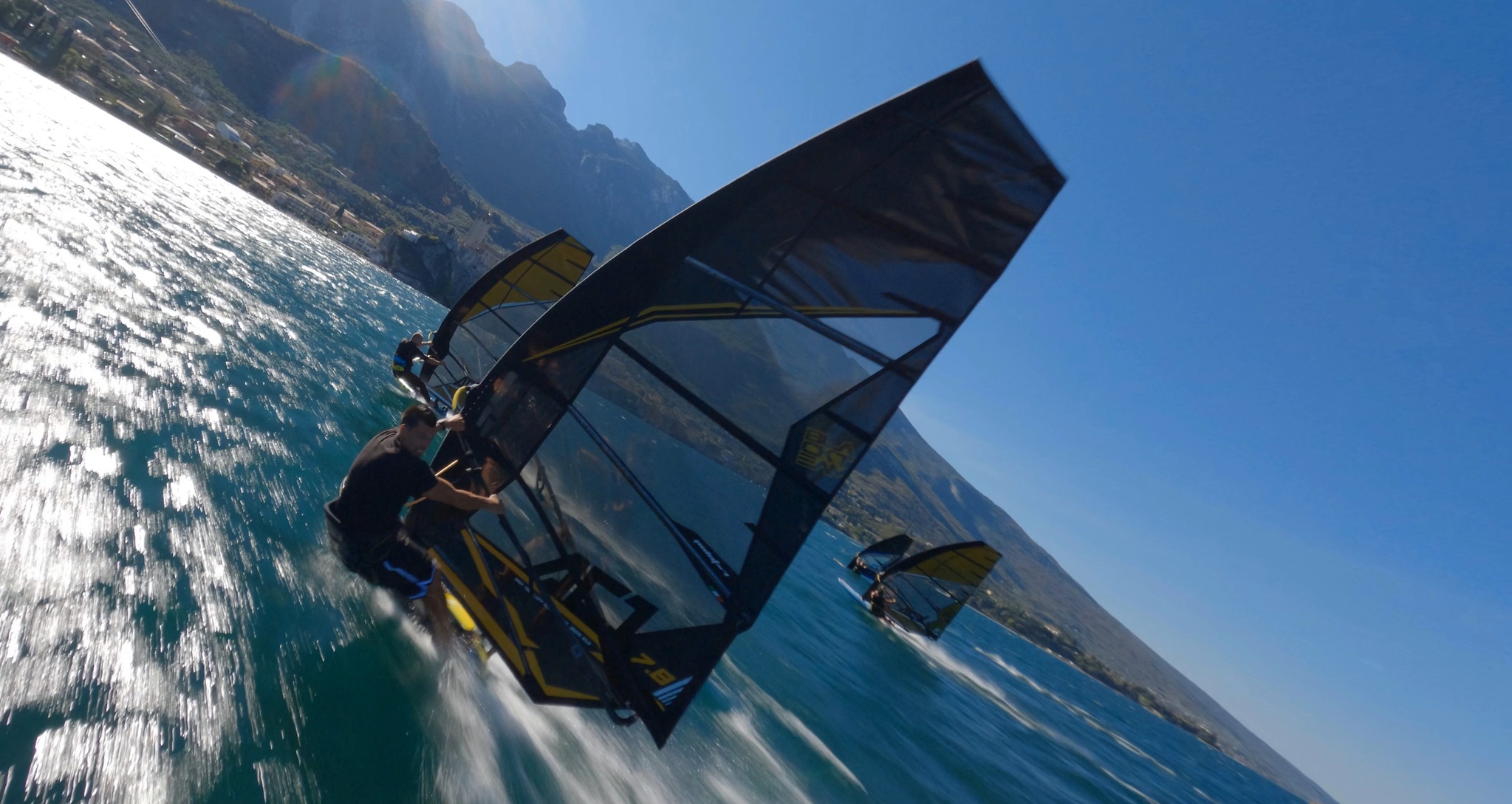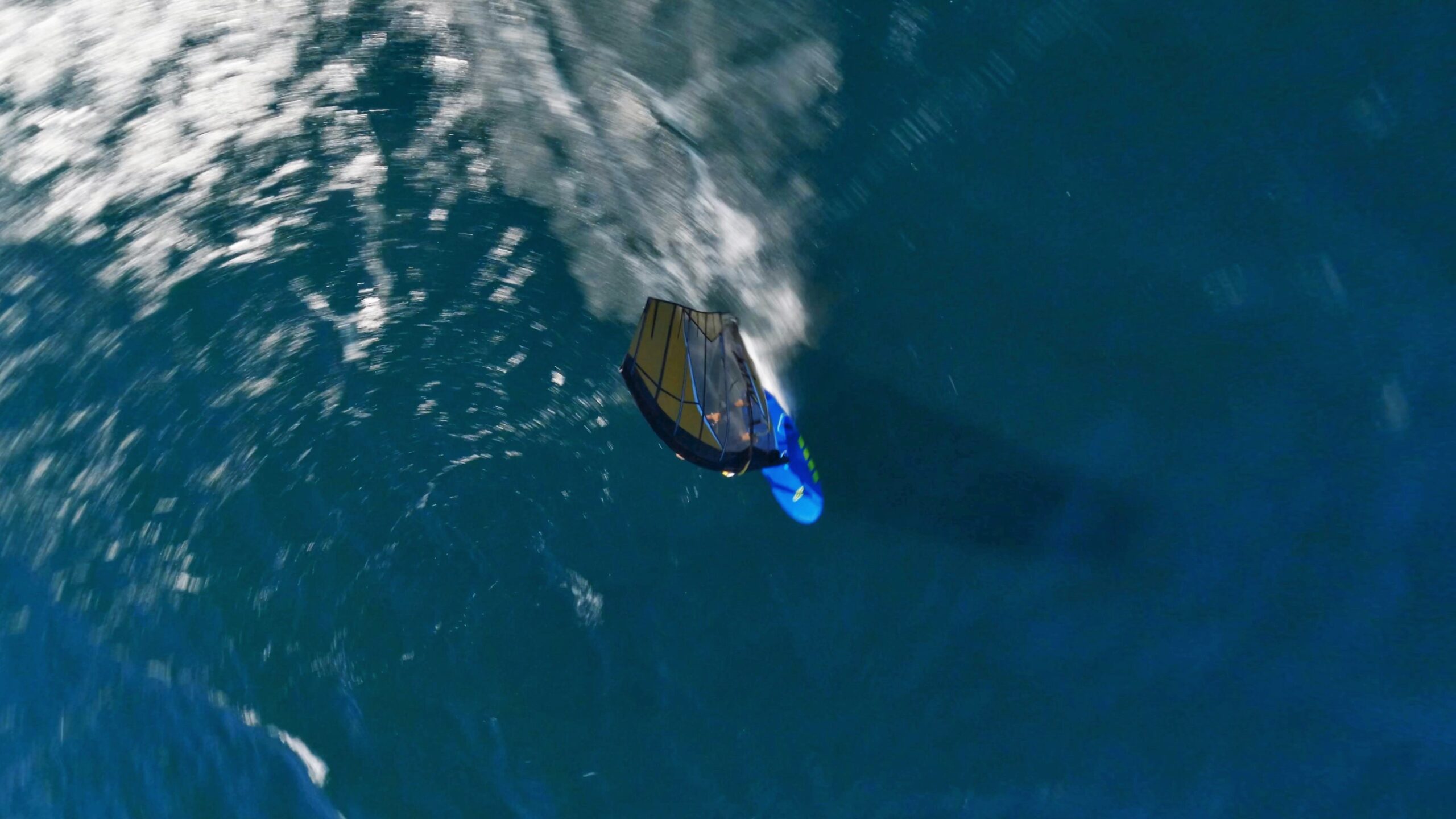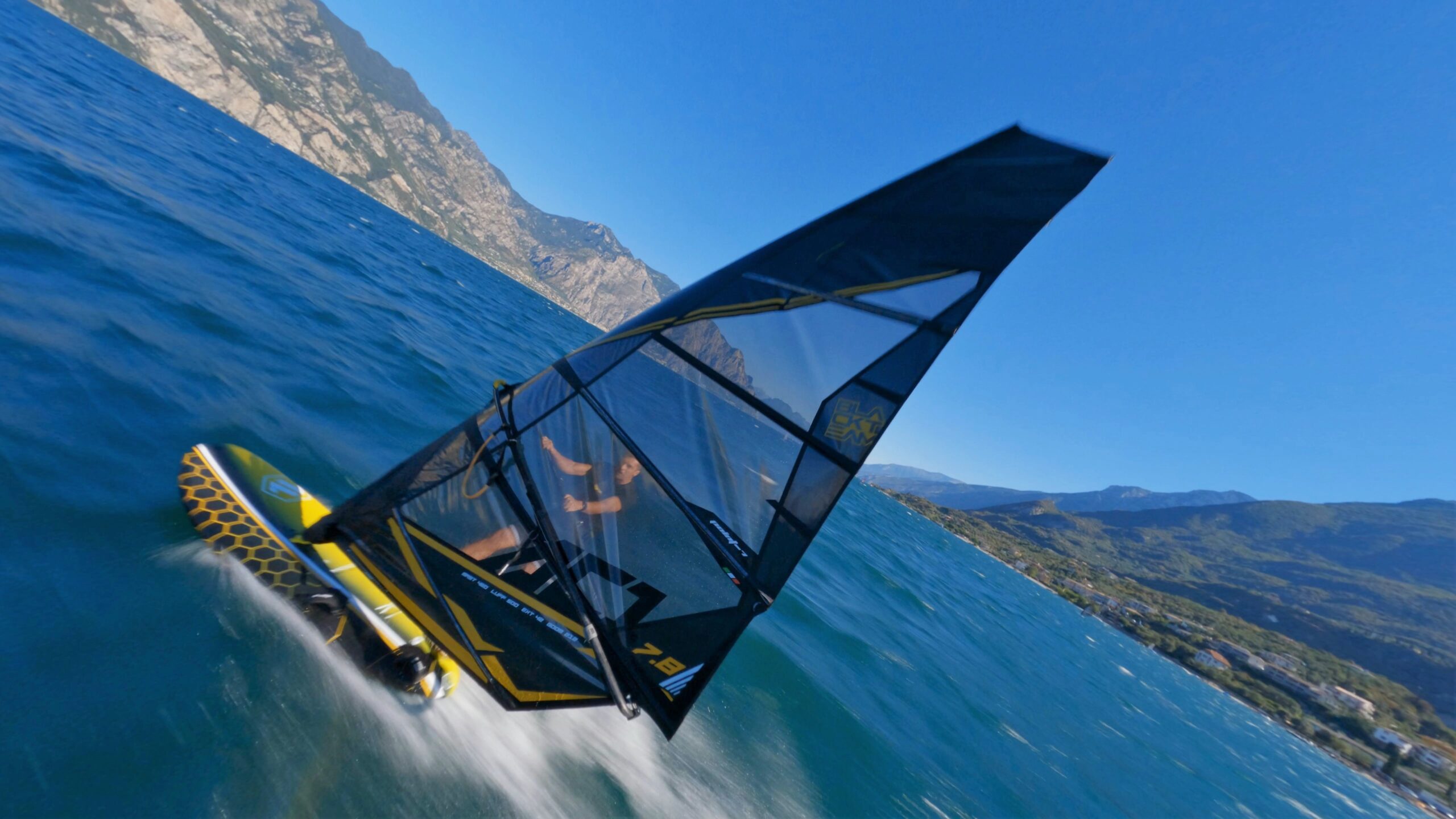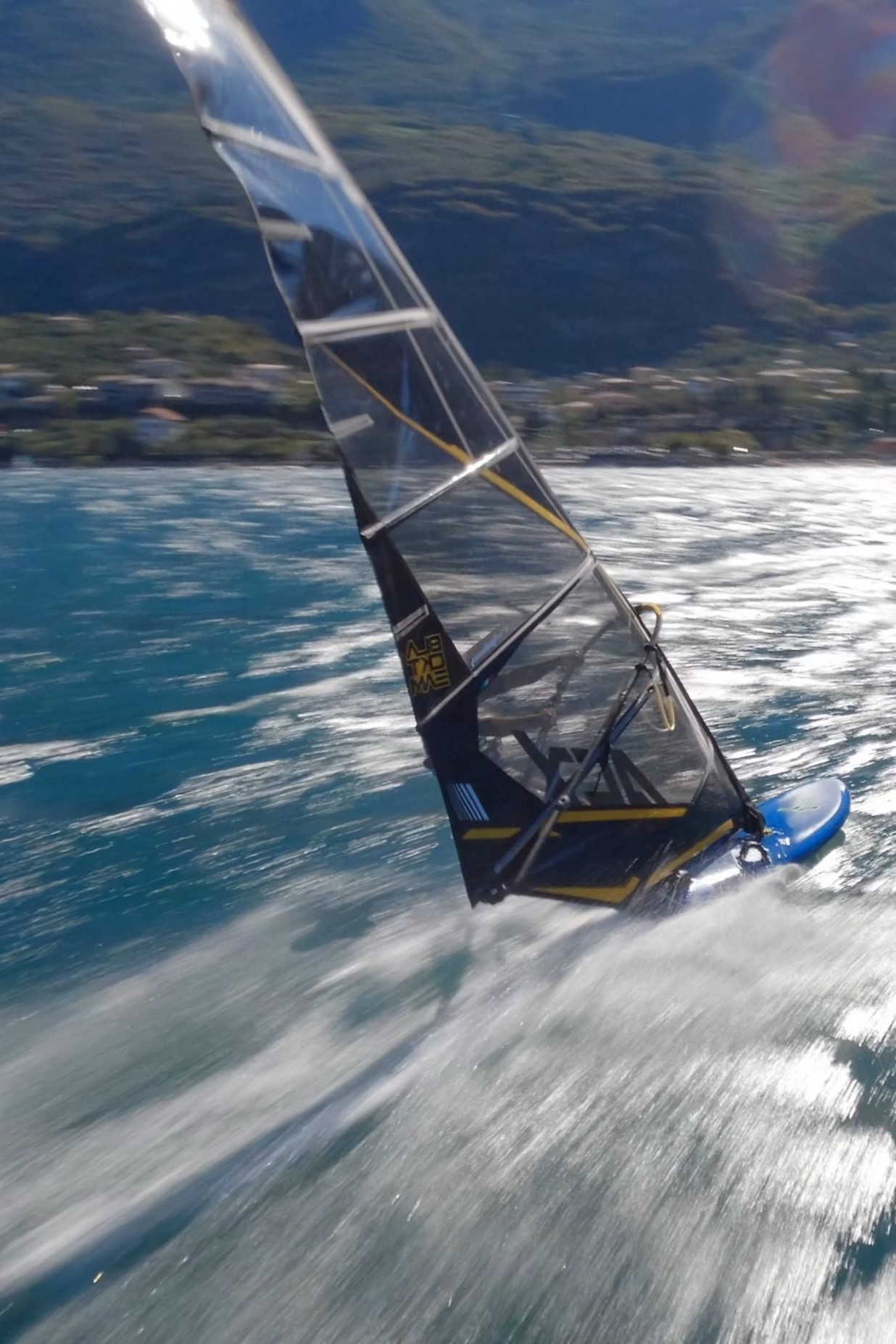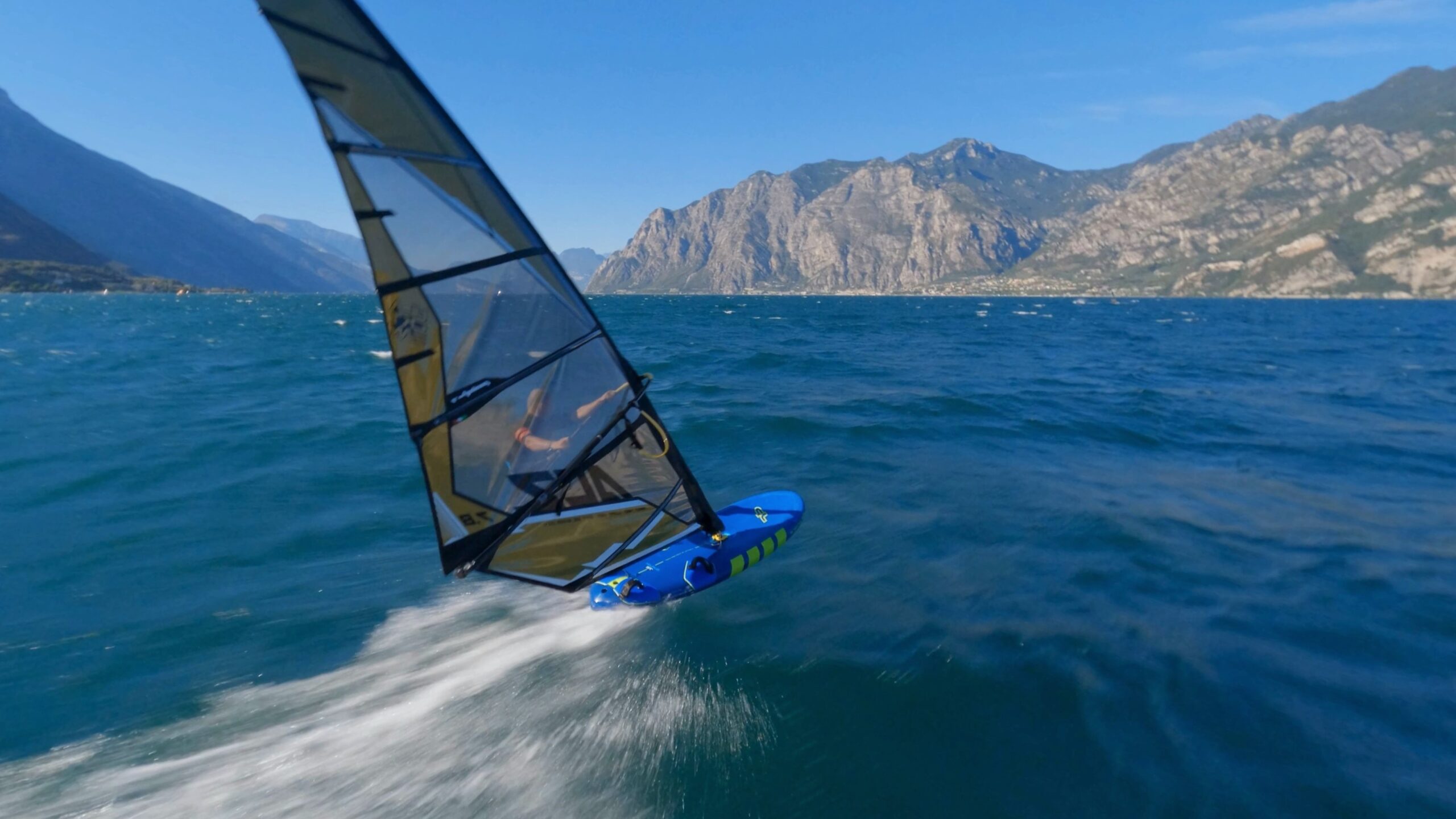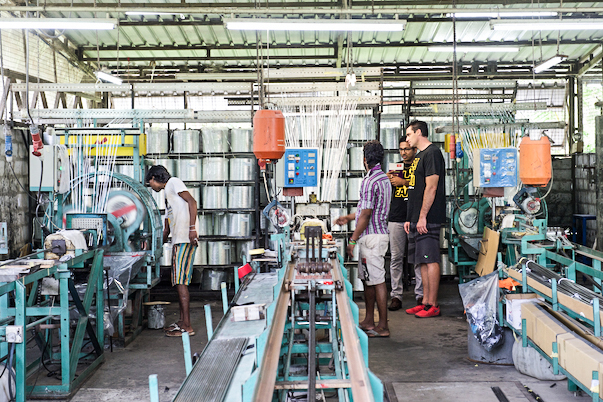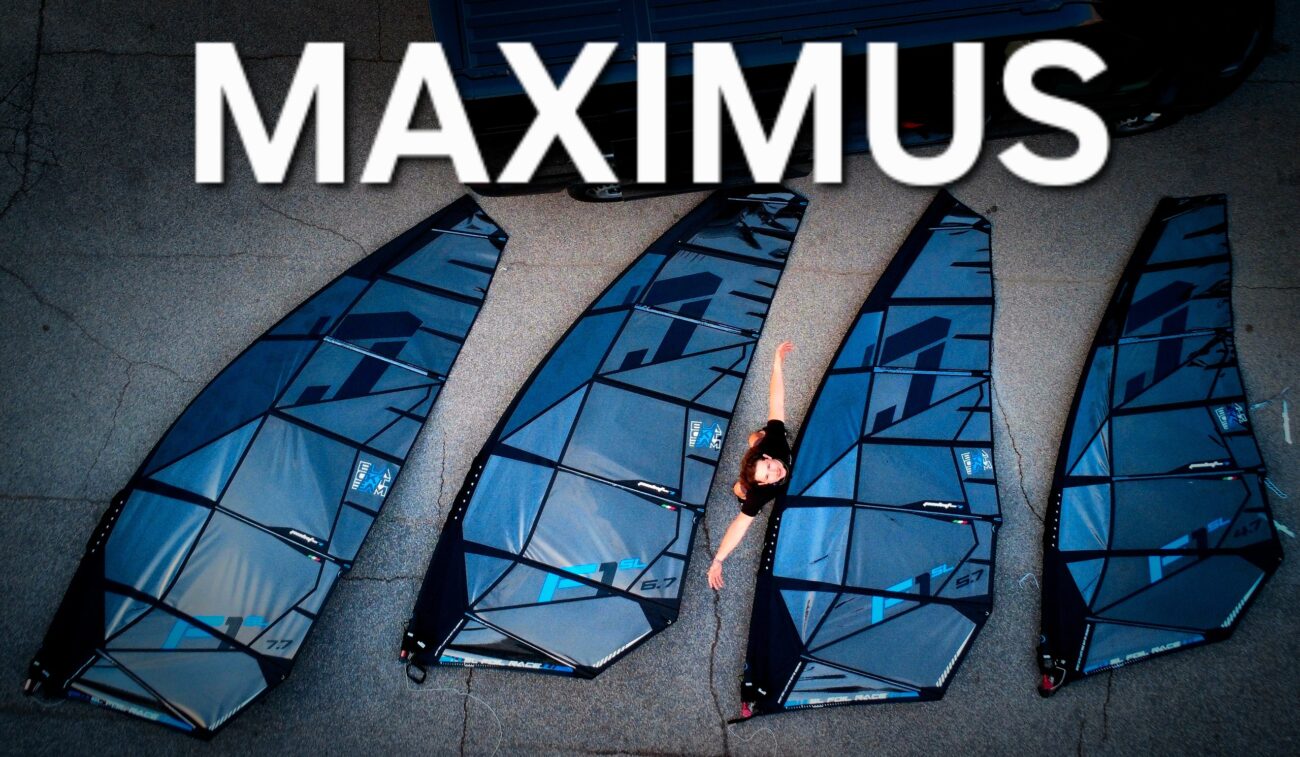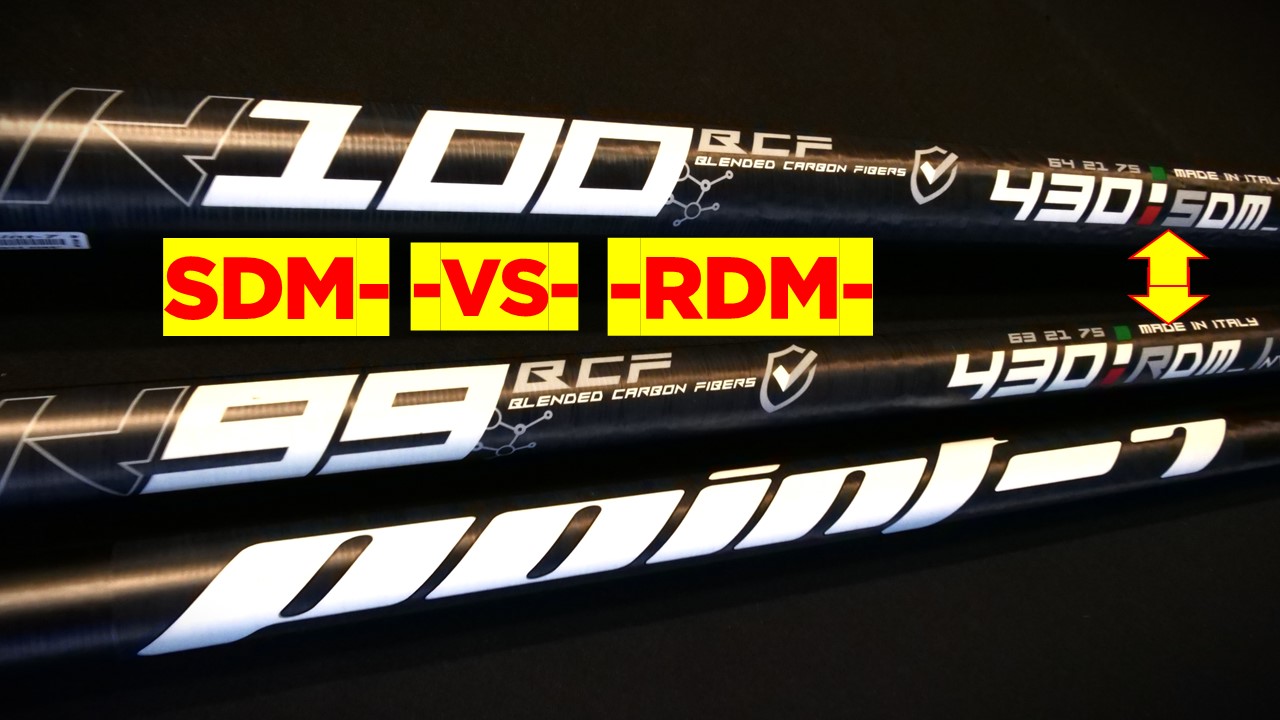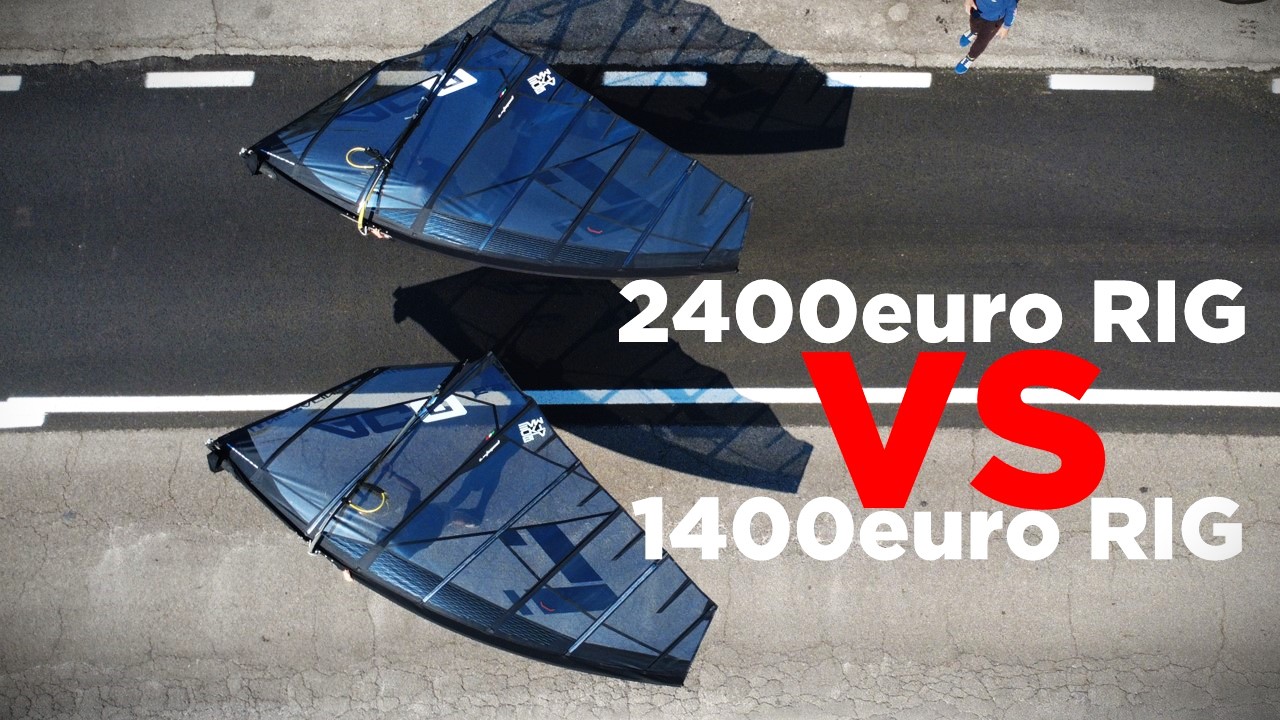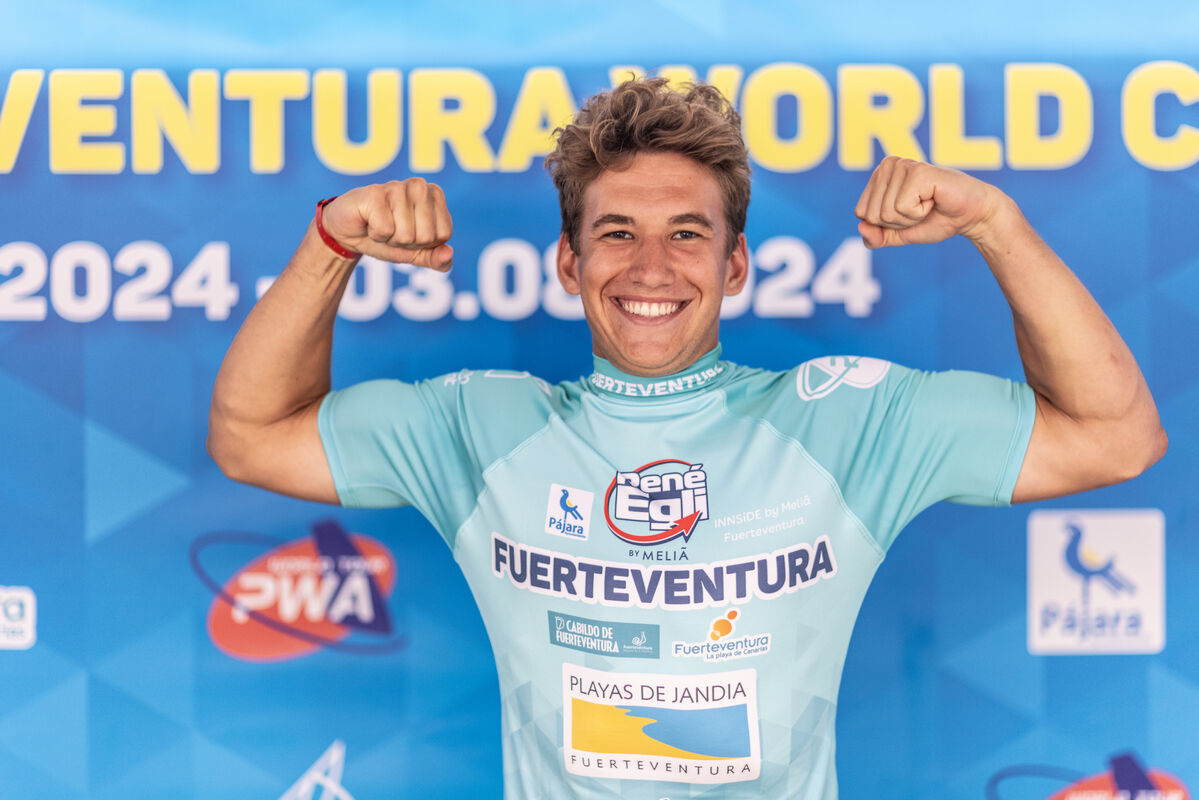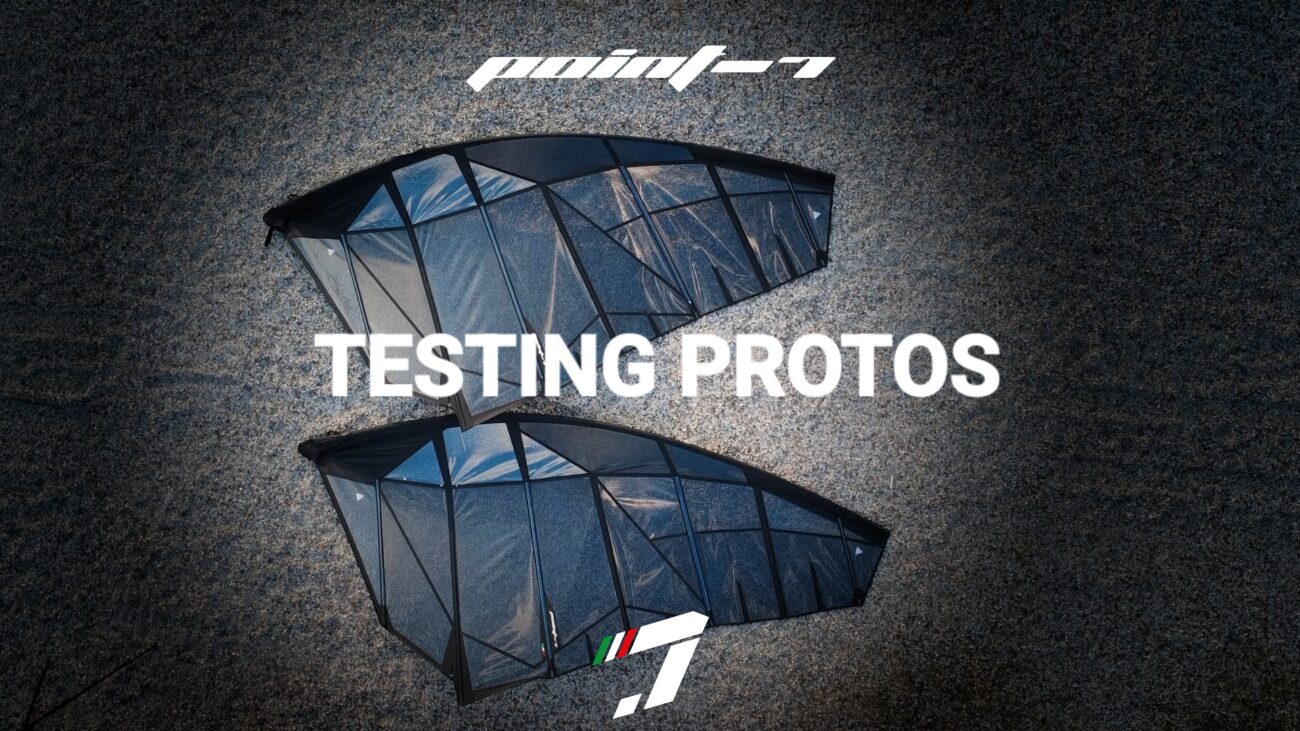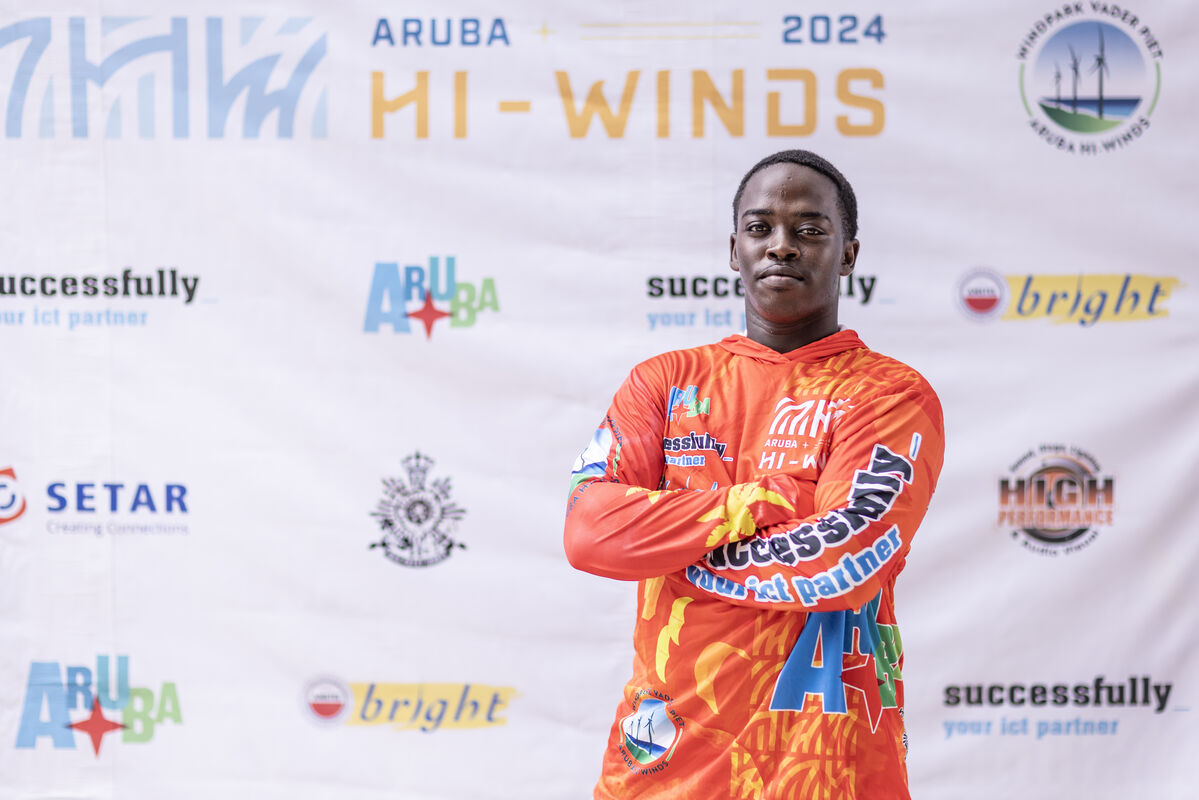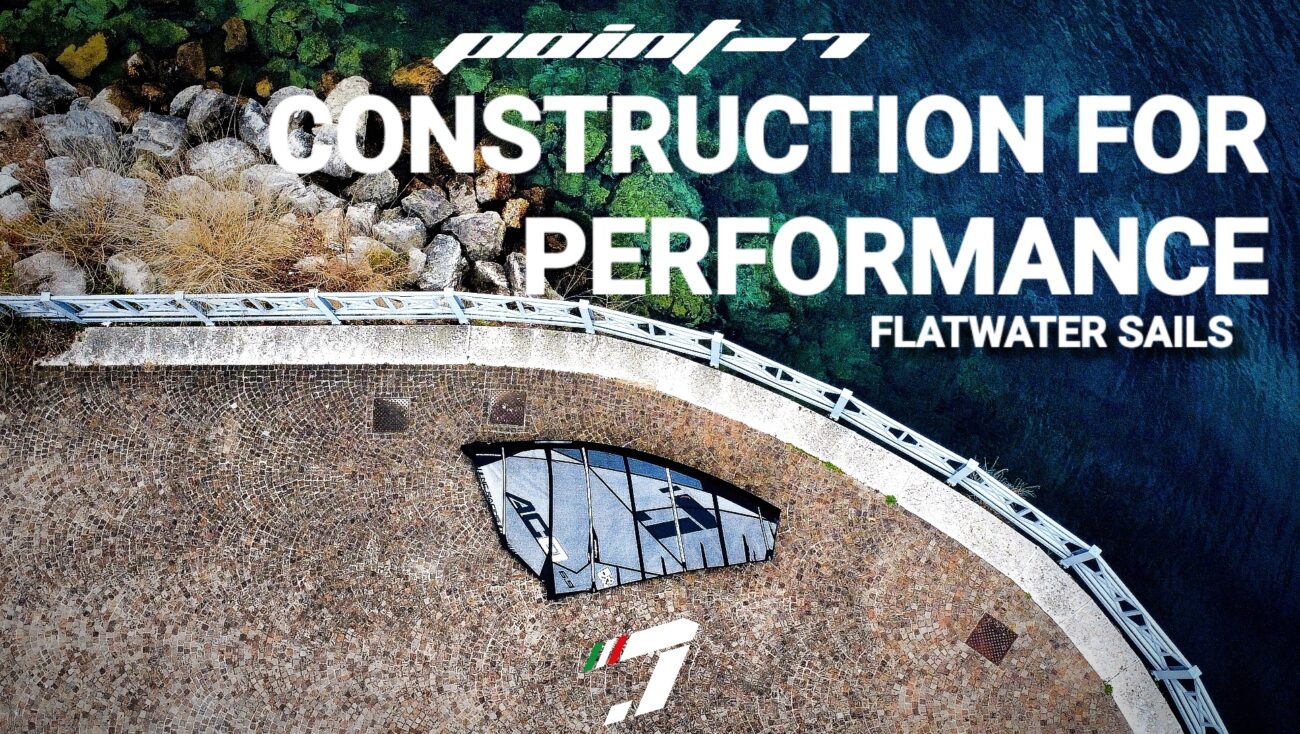How many times have you asked yourself, cams or no cams?, and to make it even harder introducing the AC-Z which is somewhere in between!
There are 3 aspects that need to be taken into mind when you will want to choose your flat water slalom sail: Your level in water starting and jibing, what you need it for, where you windsurf.
All our AC Lines have high performances as we develop sails for you to dominate out there, and this makes the choice even harder. It’s more about the level of windsurfing you have, which should select which of these will suit you best.
Are you fit?, how many times you fall in the water, do you live in gusty wind areas, do you want to leave your sail rigged, do you want to race?
Are you fit?, how many times you fall in the water, do you live in gusty wind areas, do you want to leave your sail rigged, do you want to race?
If you take the AC sails on the water, you will realize that the final speed difference is almost not existing if the wind is constant. Only the AC-F has a bit lack of a race max speed when maxed out against the other lines, but thanks to the tubular battens it can still give a hard time to a lot of no cam slalom sails out there.
The AC-X is not losing speed against the cambered sails due it’s 7 batten set up, luff curve and leach opening. Many windsurfers might believe that rigging a cam sail is actually taking more time than rigging a no cam sail, but also this is not true.
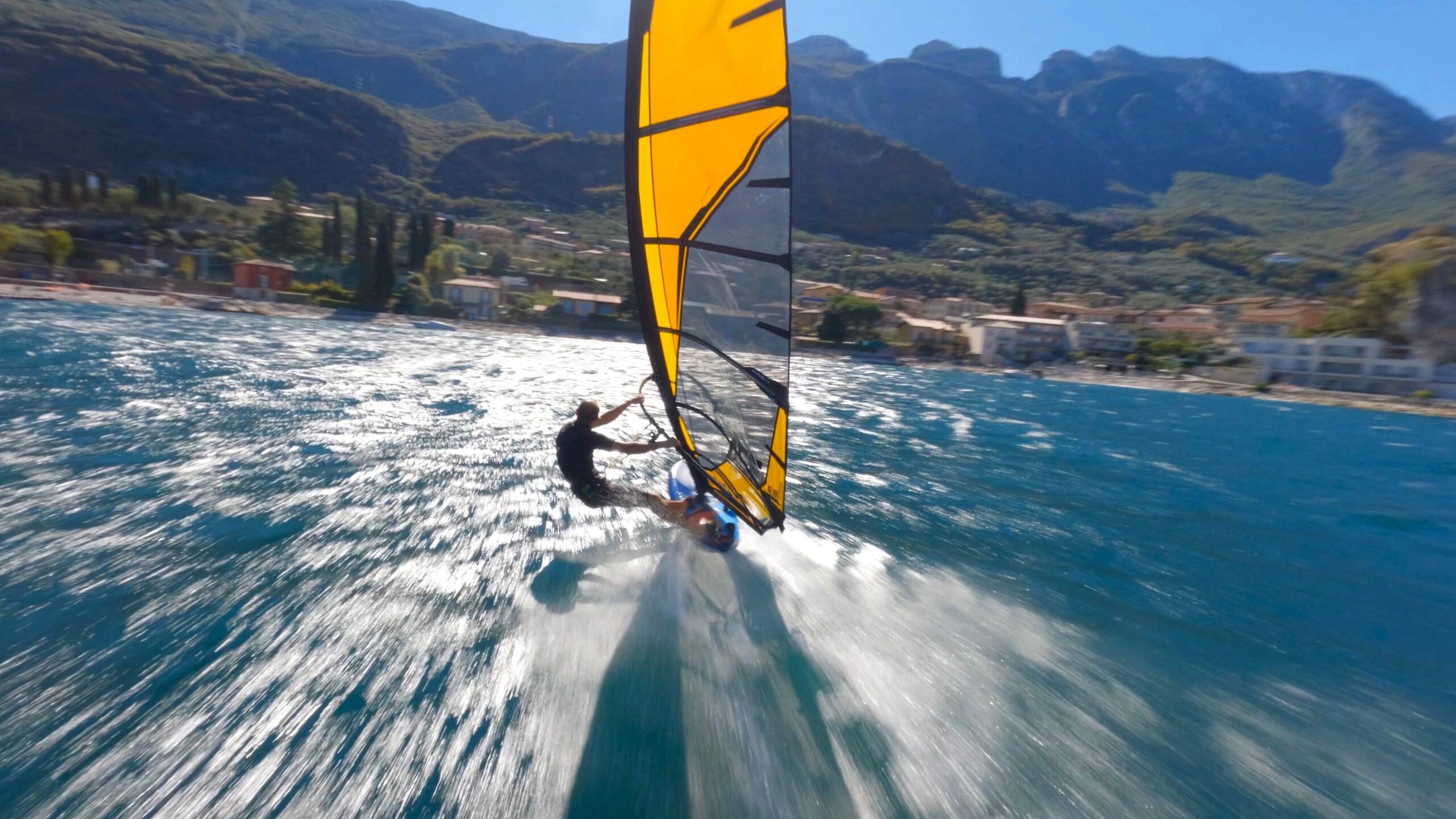
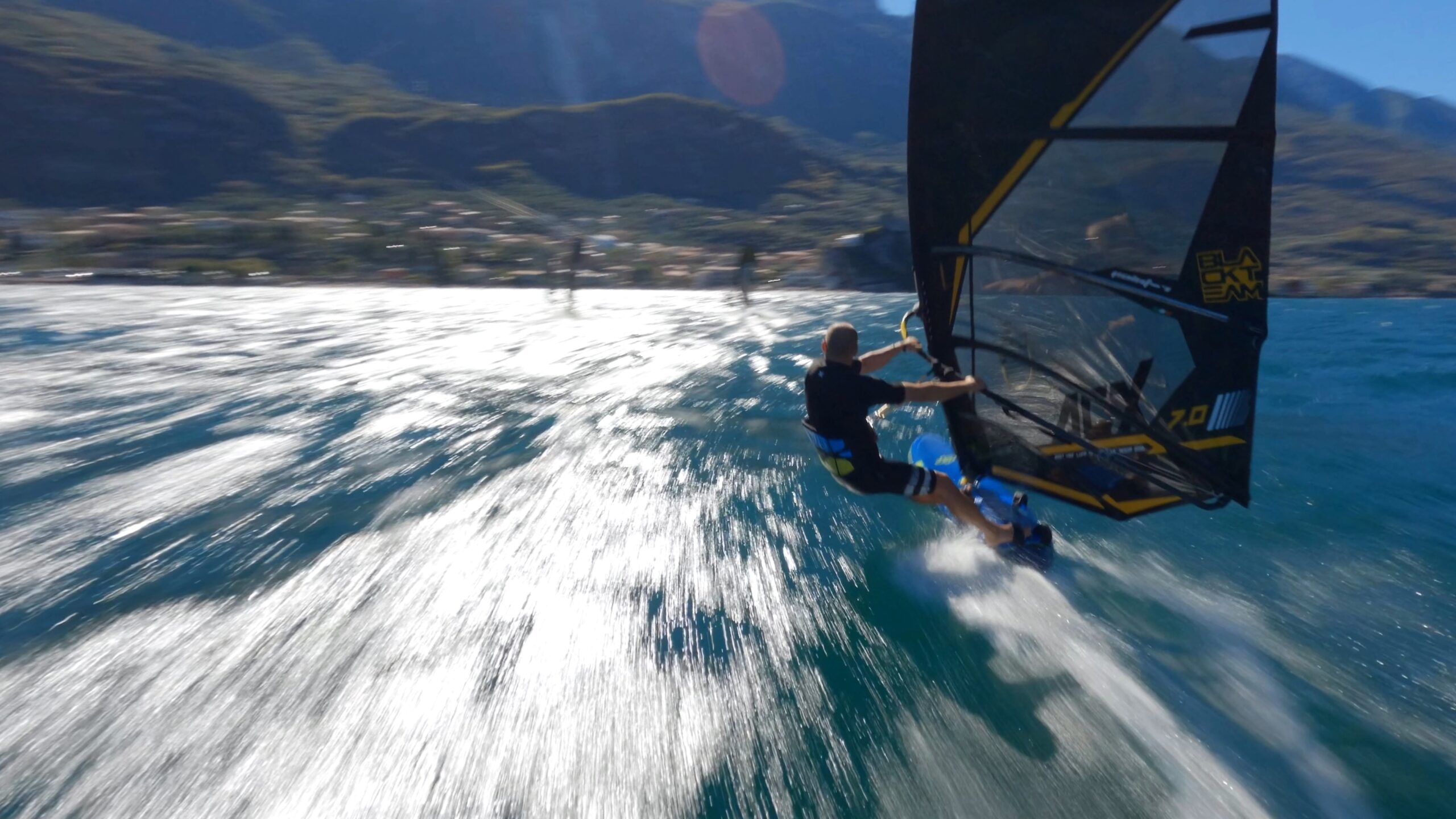
So what is the purpose of cams if the no cam sails are fast, and what is the deal that cam sails can be rigged as easily as no cam sails?
If we start from the moment we start rigging the sails, the no cam sail can be looking easier to be rigged as no cams need to be fixed on the mast. So this is a step less which makes it faster to rig… but, how much faster is it to take in and out the mast from a 2-3 cam wide mast sleeve, against the time you take to slide in and out the mast from a tighter no cam mast sleeve? Now days, placing cams on the mast is easy and fast, which actually does not take longer than rigging a no cam sail. Sure you will need a bit of practice, but it’s really a 20 min learning curve. The mast in a cam sail goes in the mast sleeve so fast, that it than compensates the time that it takes to slide the mast in the narrow mast no cam sleeve. Once you studied the rigging videos, and understood the sequence and where to press, you will be surprised on how easy it is.
Speed on the water is not much difference. A non cam is fast when the wind is constant. The biggest difference is mainly when the wind gets rather gusty. A non cam sail, loses the shape of the profile in lighter wind, so it loses a bit of power and speed in the low end wind range. The cam sail keeps a higher average speed therefore over a gusty wind condition. So the result can be that the cam sails are faster due to this, but on a good steady windy day, take care of the no cam slalom sails.
Always due to the cams, the acceleration of the cam sails against a no cam is for sure higher. So from when you decide to go from 15knots planning speed to full speed, the cam sail will reach the top speed faster. Are you racing? If you are not, this is not an important characteristic to have in your sails. This is mainly important to have during a start in a race, or just after the jibe around the mark.
HOW OFTEN DO YOU SAIL?
The reason we are asking how many times a week you are sailing, it’s because full race sail, or like an AC-Kpro which have wide sleeves give extra power to the rider in order to give an extreme acceleration at every gust. So if you sail often your fitness level will be good to keep the sail gap closed on the board. If you are not fit, you will get tired earlier, with 2 probable results. You will get tired earlier than using less cam and smaller sleeve sails, or as you get tired you will not be fit enough to use the extra performance of the sail, resulting being slower than using less cams or a smaller sleeve. A good comparison, could be: 1h of AC-1 = 1.5h of AC-K= 2h of AC-Z=2.30 of AC-X=3h of AC-F.
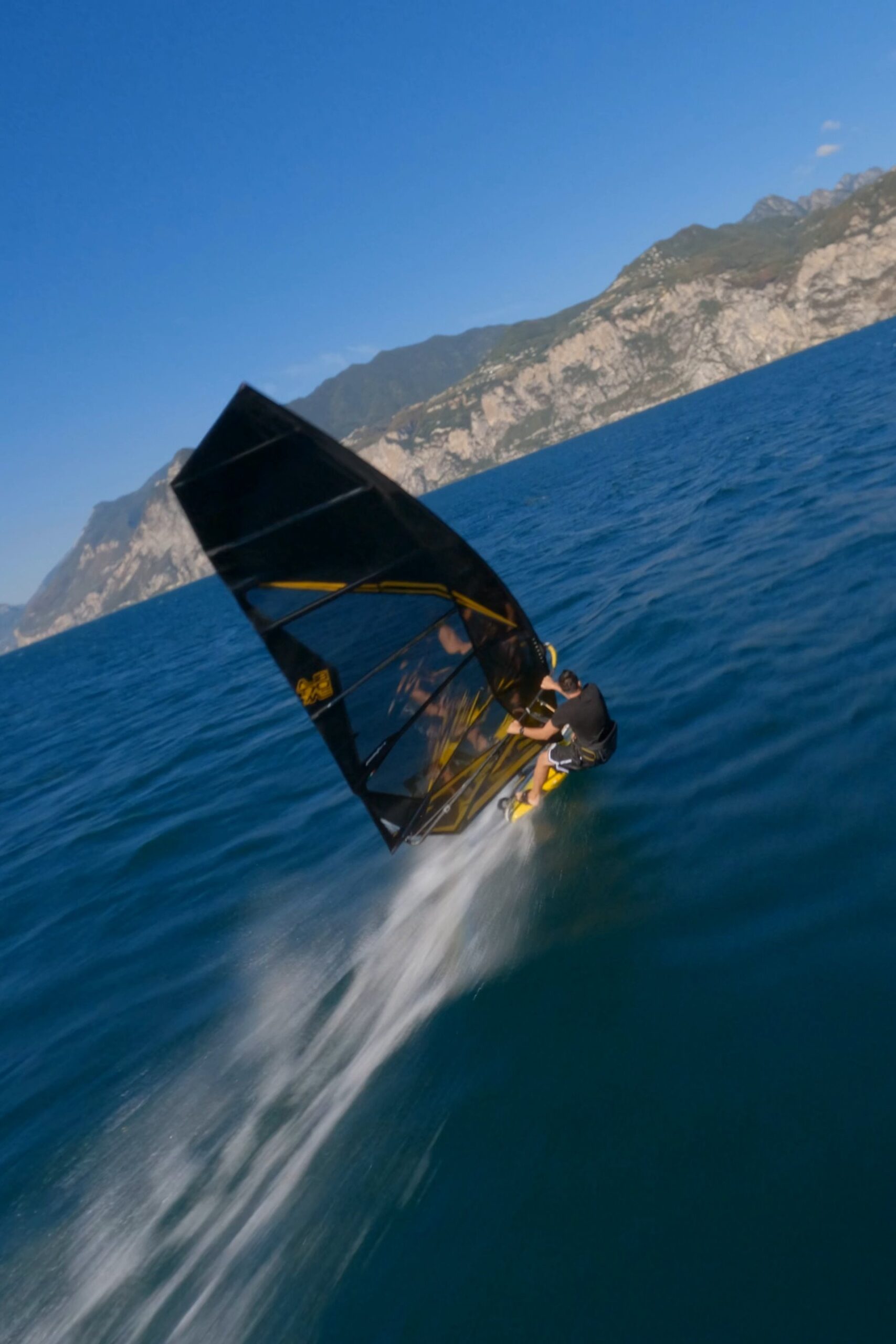
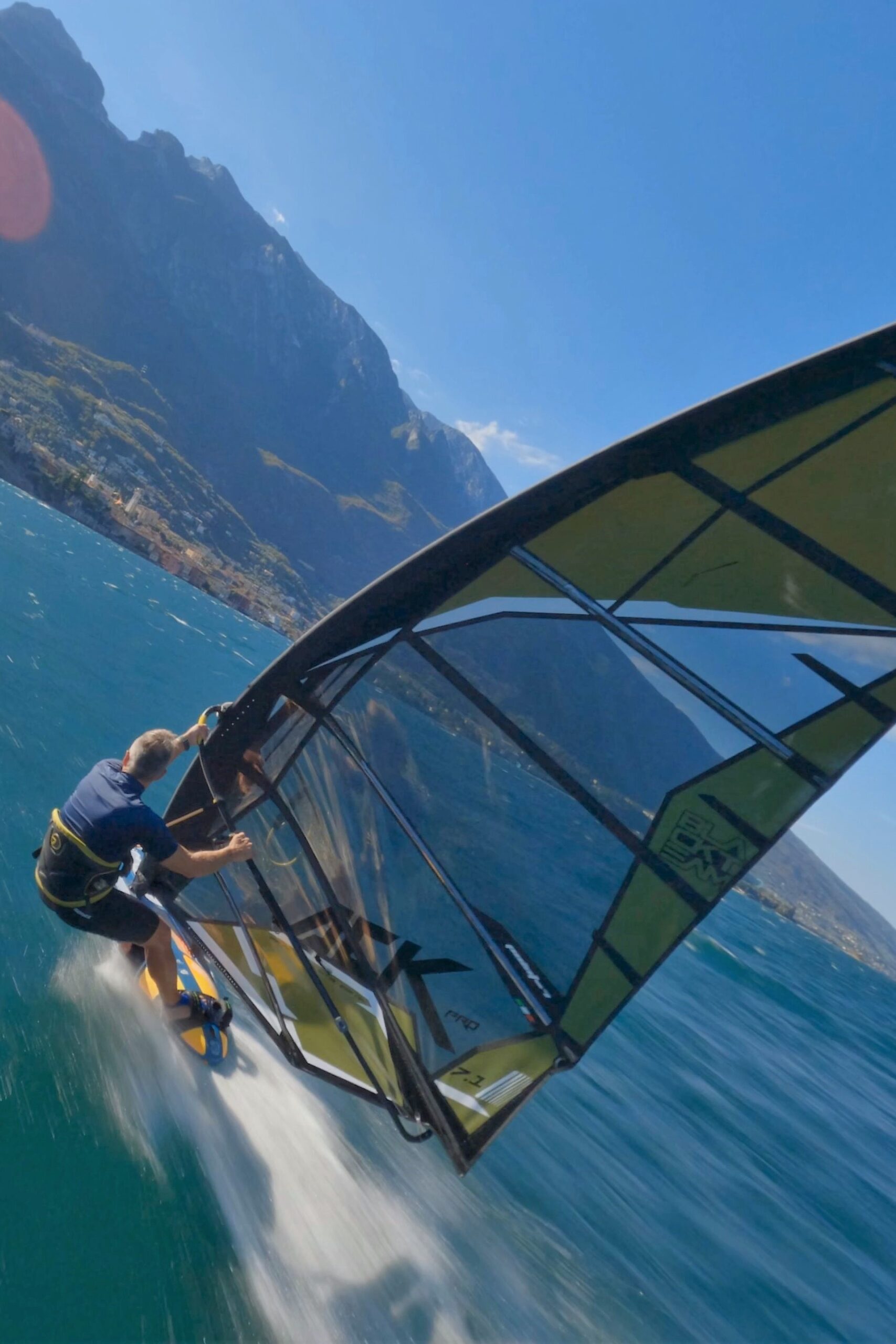
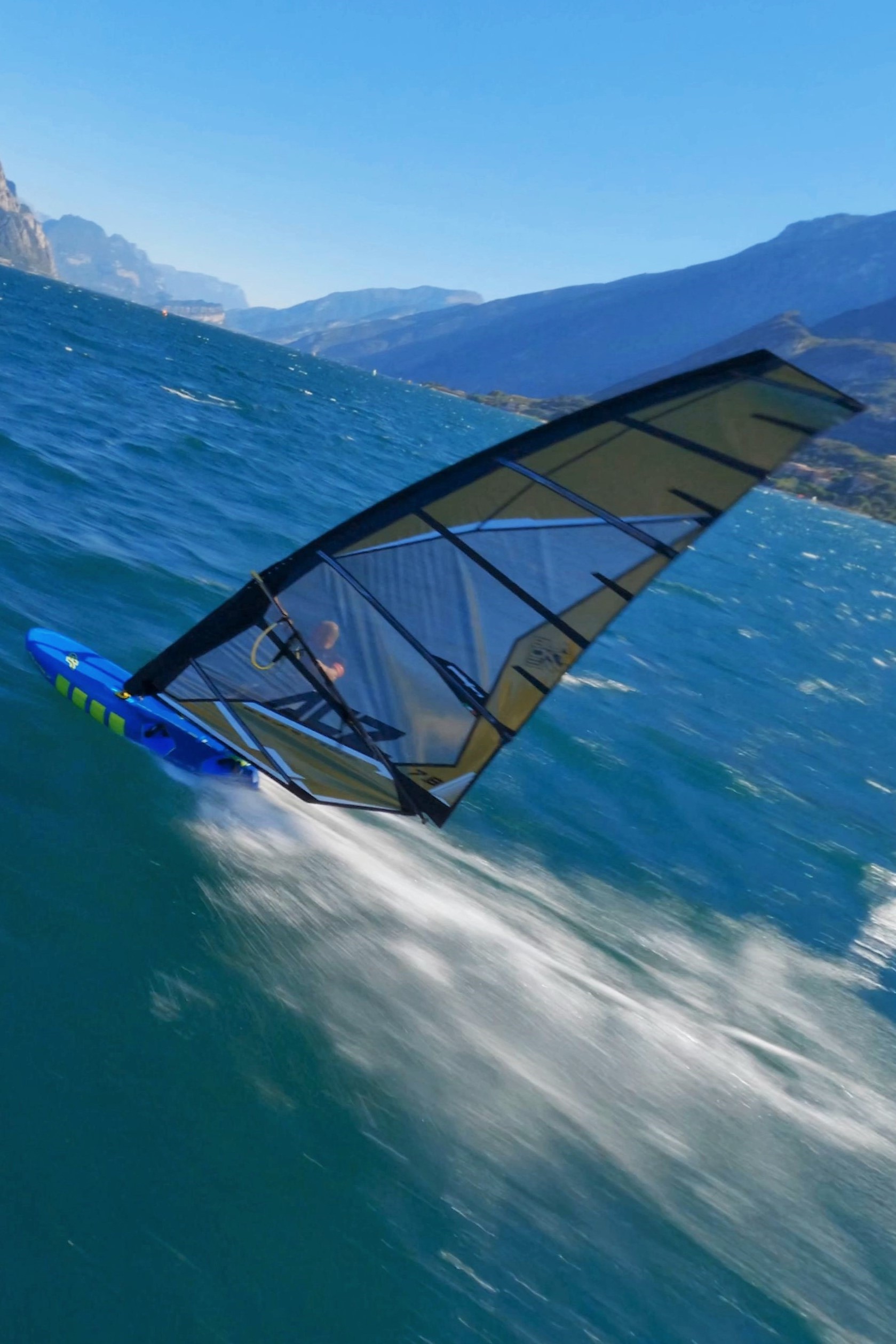
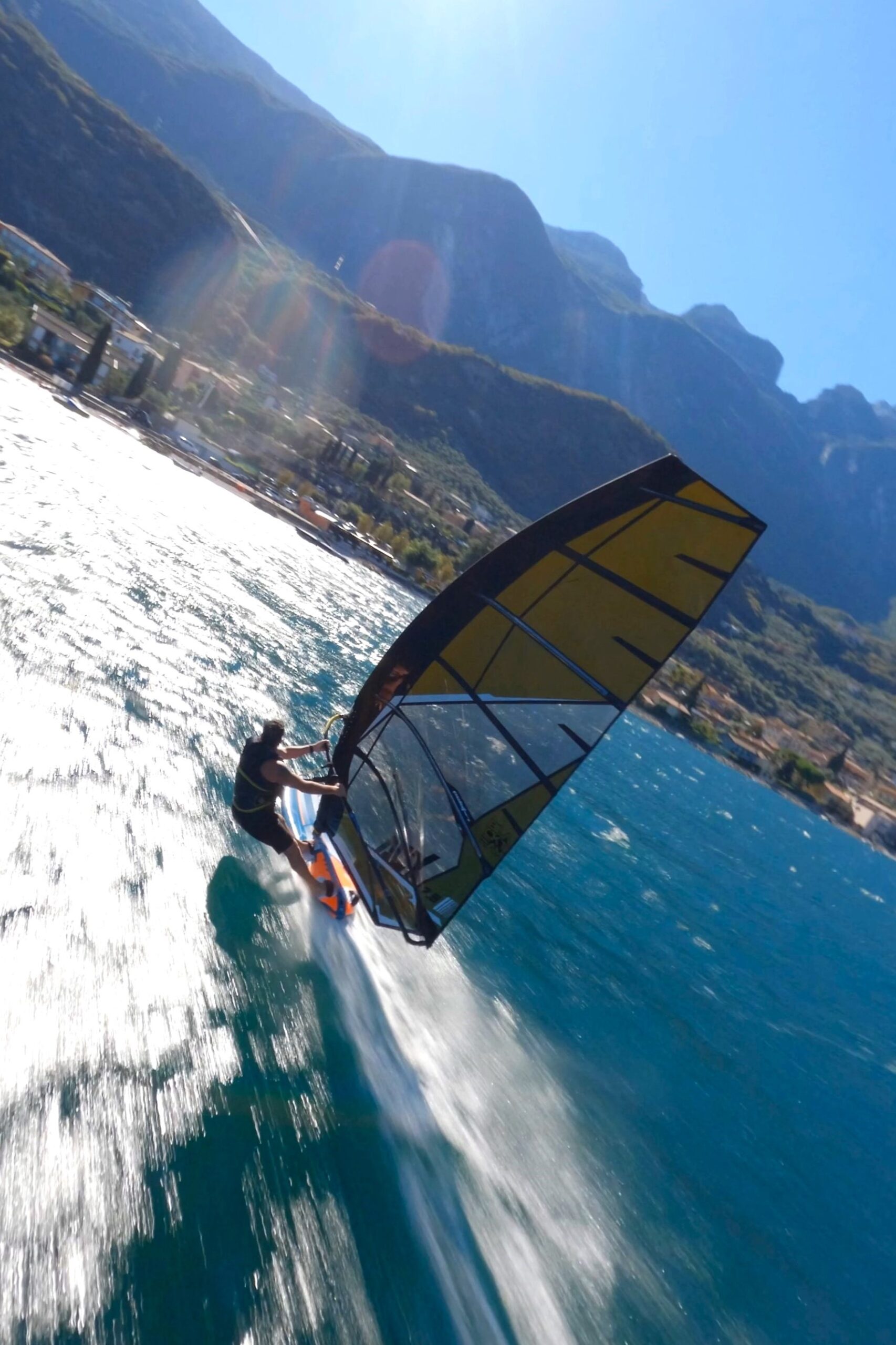
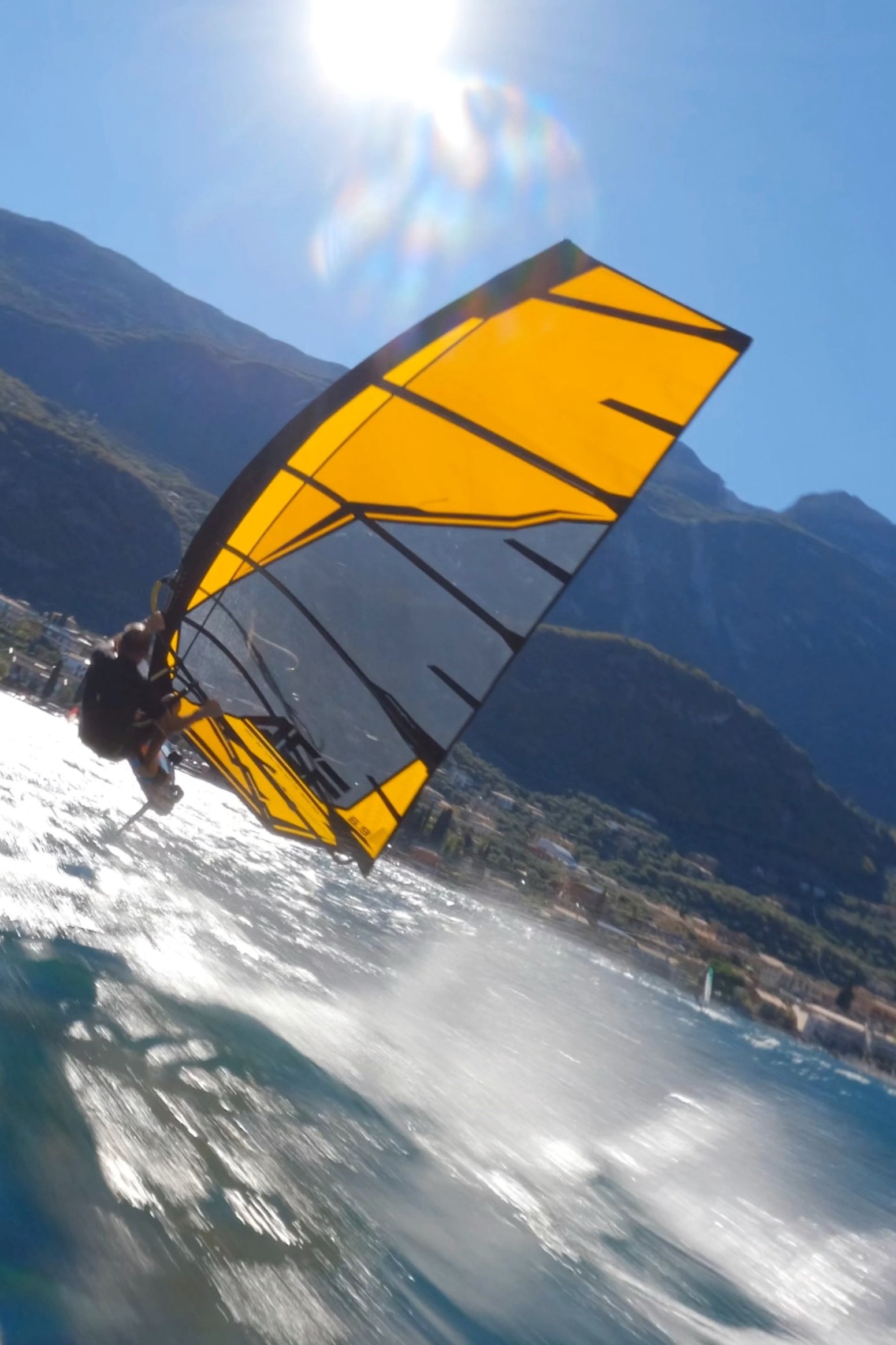
Are you standing all your jibes, and exiting with speed? Are you sailing more than 3-5 times a week? You are ready for the AC-1.
Are you standing 90% of your jibes, but still not exiting with speed the jibe? Are you sailing 2-3 times a week? The AC-K can be a good choice.
If you are not standing all your jibes, you still trying to understand the full technique, your board points upwind when you finish to jibe, with no speed, but you like to have the feeling of the cam sails as you also leave in a gusty wind area, than the AC-Z is what you need. The no cams on top of the boom and freeride mast sleeve are just working as a no cam sail to water start and jibe.
Why an AC-X then against all the other AC lines? First of all the AC-X has different materials which brings the sail to be much more ‘comfortable’ in terms of power through any wind. Making any level of windsurfer be fast. It needs no power to rig due to no cams nor technique. It is taking even less power to windsurf, and when you need to water start there are no cams to be rotate to the right side. You can cruise with it, and having fun, without having the focus at full time.
On the straight line all sails are feeling light and often with cams even lighter, so the weight of the sail should not be your worry. The worry is more when you need to water start. The AC-X no cam slalom sail is simply the easiest out of the 4…. but there is an easier blasting sail: The AC-F.
As said before due to a 6 batten layup, a straighter mast curve of the luff and a wide dacron panel, the AC-F is the lightest feeling sail in the range. Many try to kind of snub the AC-F as we call it the Crossover, but the sail is like taking a sportive car, opening the roof top and speeding crazy with an amazing view. Translating, first of all you can use a size less. So if you are using a 7.5 of the other models, you can use the 6.9 of the AC-F. The power will be the same. The softness helps get going earlier. The speed till you don’t reach the racing over power mode, will be the same as the other sails. Ask yourself? Do I like to sail overpowered to feel the extra potential of slalom sails? If that is not your interest, the AC-F is right away the correct choice. It’s a crossover, it’s a free-slalom, but purely it has all the ingredients of a slalom sail too! Check the pricing on our online shop!!
So, when to choose more between the AC-Kpro and AC-1? Practically the AC-1 has more acceleration from 10 knots of speed to the top speed against the AC-Kpro as well. The width of the sleeve is what makes the difference in power. If you are able to contrast this power the sail will feel amazing, but if you are not fit enough, you could confuse the sublime power to weight, but it’s actually just power.
The AC-Kpro is more comfortable on the upwind and half wind as it goes in those directions automatically as a smaller pocket pressure also keeps the board higher over the chop, while the AC-1 sleeve delivers an amazing power and comfort also at extreme downwind angles. It goes fast also in the half and upwind, but you need to push more on the fin to use the extra profile.
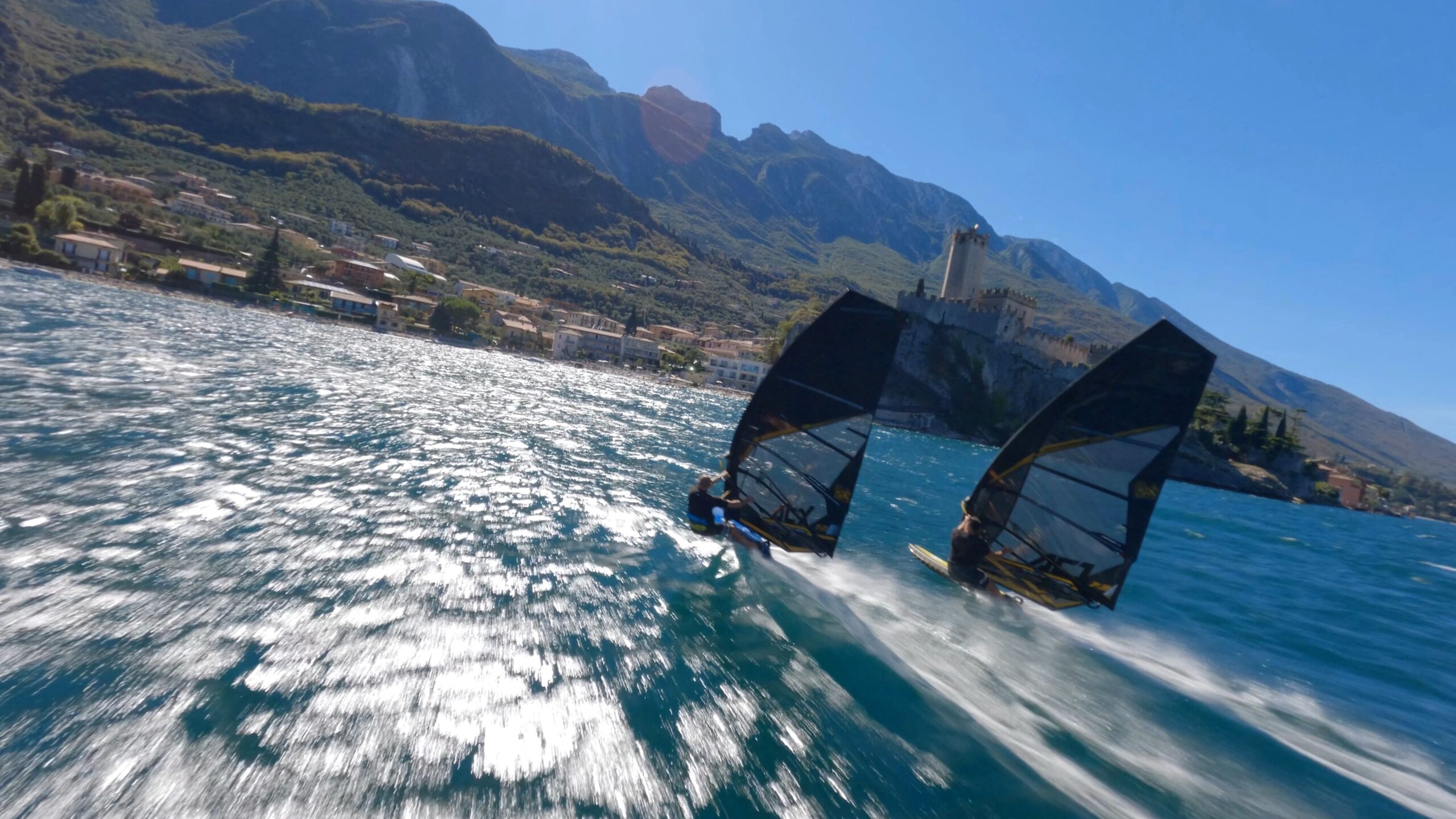
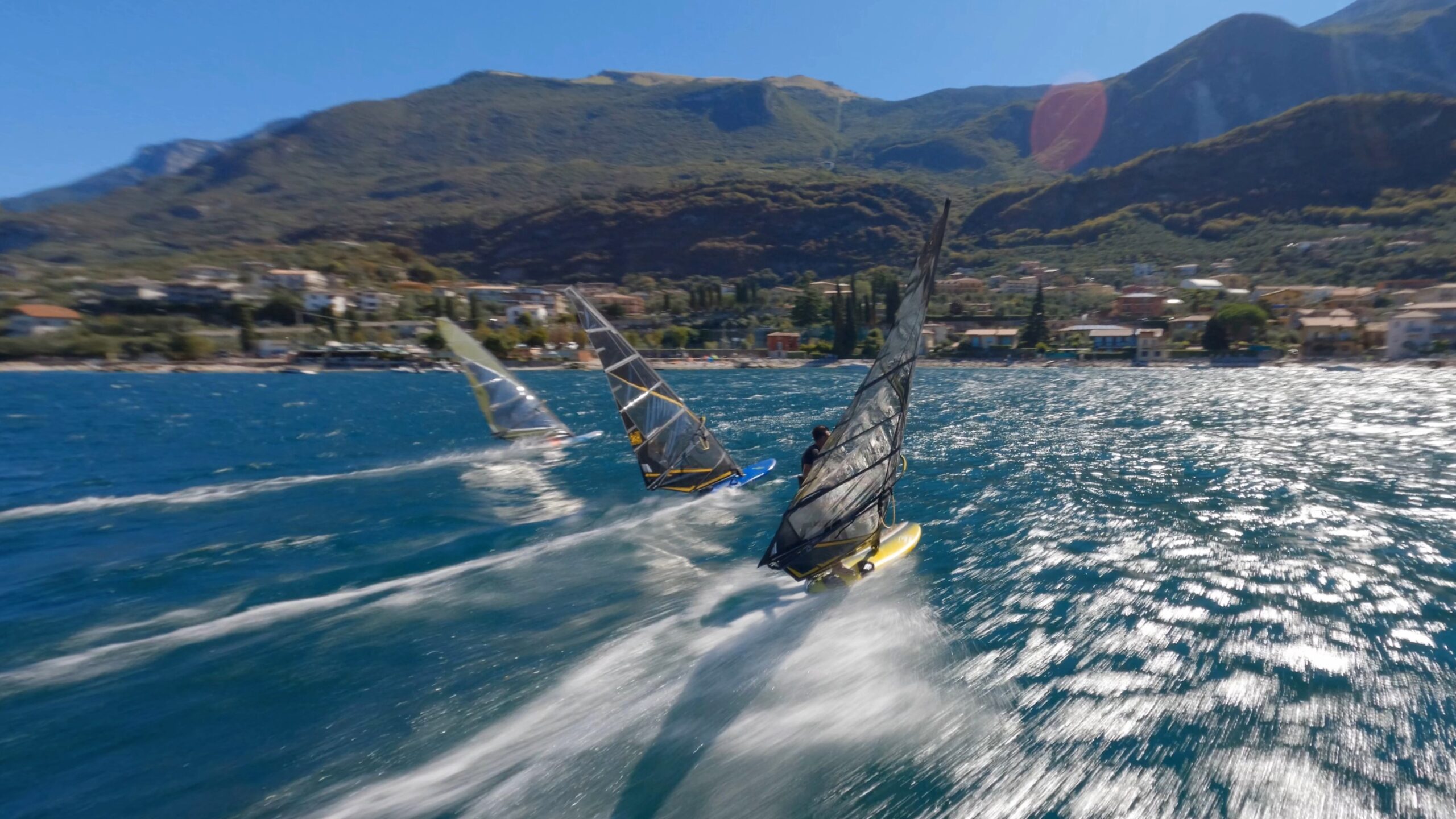

The AC-Kpro, AC-Z, and AC-X do not manage to have the downwind angle as wide as the AC-1 due to the smaller and more shallow profile created by the smaller mast sleeve. They are still having an amazing profile, but it’s just our AC-1 which is XXL. Often the size width of an AC-Kpro can be compared to some of the pure racing sails from other brands existing.
The AC-K, AC-Z, is almost as light as the AC-X to jibe. The rotation is soft and does not pull forward as much as the AC-1. The rotation of the AC-1 is great also, but it gives you a strong hit after the jibe when the sail changes tack to boost up the acceleration to the new tack. If you let the sail too long in the water, the sleeve is wide and hard to water start, while the AC-K empties out easily and makes it easy to water start.


